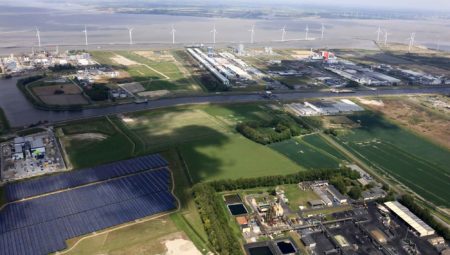Industrial production of PHA is technically feasible and there is a market for it. But what is the best location to build a plant? Next to a WWTP is the obvious one. However, to be economically viable, a plant with a capacity large enough to treat the sewage of 2 million people is needed. Most WWTPs in Europe do not accomplish this. This is why researchers from the WOW consortium used geo-information (GIS) software to look at a location in between several smaller WWTPs that together can provide enough sludge. Transport is the most important environmental aspect here. Sludge contains a lot of water, so the possibility of treating the sludge for transport was also considered. This requires more technical installations, but it is more sustainable because it saves truck kilometres.
To find the best sites, the European WOW project created a decision support tool (DST) to help with specific site selection. It has now identified 10 ideal locations for PHA plants: 1 in Scotland, 1 in Ireland and 8 in Germany.
Details of the study can be found in the Report and GIS maps about most suitable locations to realise a centralised PHA compounding and processing facility.
See also:
New developments in the field of PHA (article, Agro&Chemistry 27 november 2020)
Image: DedMityay/Shutterstock



